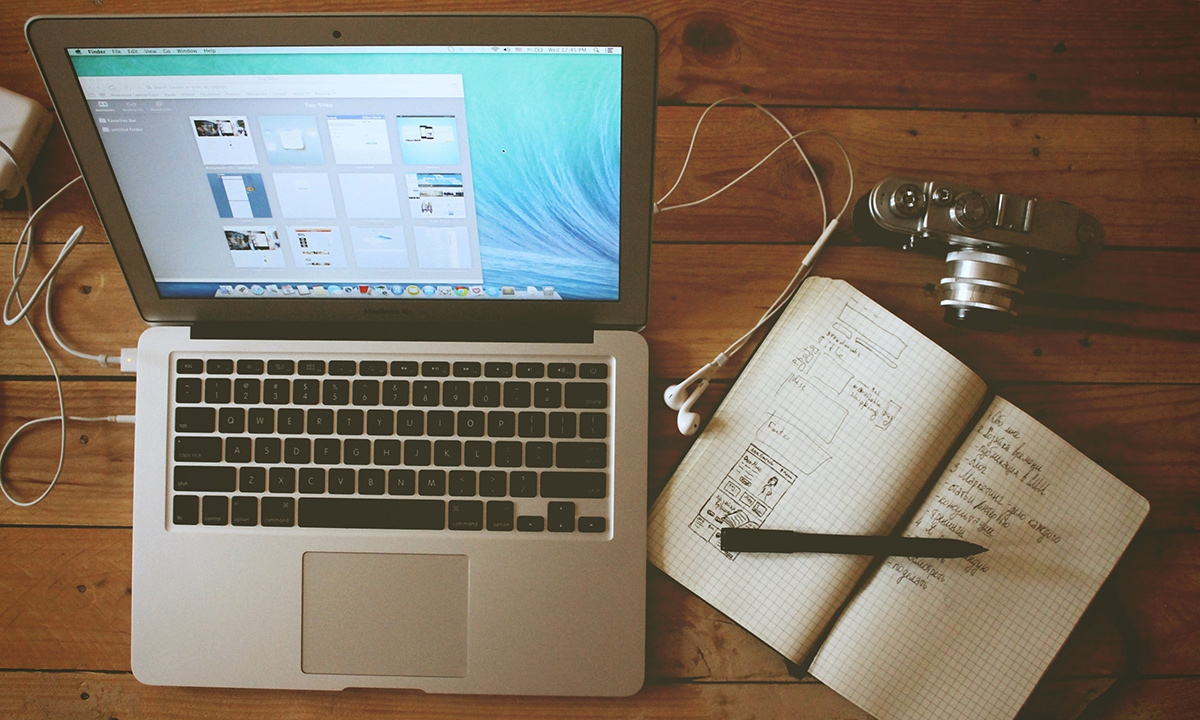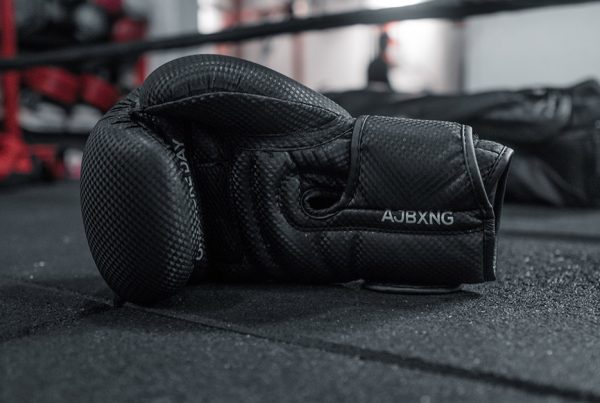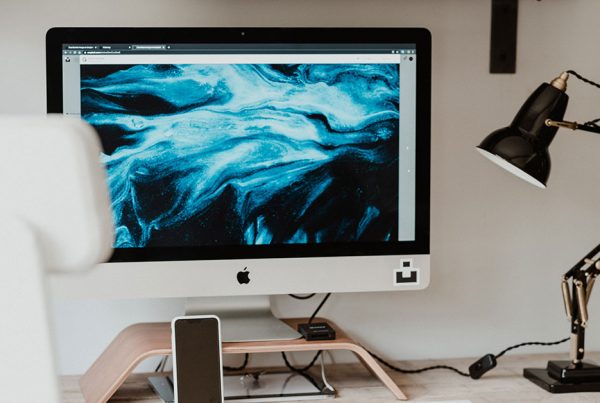The more I learn about design, the more I realise how deeply it’s connected to problem solving. No matter what you’re designing, at the end of the day, you are trying to solve a problem OR attain a certain outcome.
A lot of times even starting the design process can be overwhelming. So after reading my old design notes & analysing how others get the job done, I’ve organised a short list of things you can keep in mind while designing.
General Stuff
- Always try & start on paper first.
- Think about Why & for Whom you are doing it.
Focus on GOOD USABILITY + GOOD COMMUNICATION (User should understand how to use it & what to do)
The 4 Step Process
1. Understand The Problem Deeply
This step involves researching & getting to know the problem deeply. Involves a ton of googling and taking inspiration from similar work done. Ultimate goal is to answer a few key questions properly.
- What are you creating?
- Who will be the users?
- What are the users looking for?
- What problem can it solve?
2. Explore Ideas & Options
Start doodling on paper and see how you can crack the riddle. What “vibe” are you aiming at? Try all sorts of permutations & combinations. Does the bold font go with it? Does it need more space? Should I give it more breathing space? After you’ve gone crazy with all the options, eventually the right one will automatically start pulling you towards it.
3. Validate
You can also get reviews on your ideas from other people OR take a random user survey if time permits.
4. Refine & Create
When you’re sure about the path to take, fire up the software & get at it! Create & refine.
After you’ve made the first draft. How to judge if it’s good enough?
You can answer the following questions:
1. Does It Look Good?
Ultimately, your design should look good and appeal to the user. No user wants to spend time with a design which does not look aesthetically pleasing. This is that gut feeling you have when you first see the design.
- Composition (Balance)
- Color Balance
- Hierarchy (Guiding the users eye to what’s most important, then second most important & so on)
- Typography
2. Does it Solve The Problem?
This one is pretty straightforward, does it solve the purpose?
You need to satisfy both these conditions. If it looks good but doesn’t solve the problem, then it’s still not useful. Similarly, if it solves the problem but doesn’t look good, then ultimately the user won’t spend time with it.
If you have more time & everything else is done, the last thing you can try to do is make it unique. Try & see if there is anything you could tweak to make it stand out.
Less is more.
Good design is as little design as possible.
That’s it. You’re good to go! I don’t want to take any credit for this post as all of this data is compiled from various sources. I’ve written it all here so that me or anyone else out there feeling stuck can open this checklist & get back on track!



